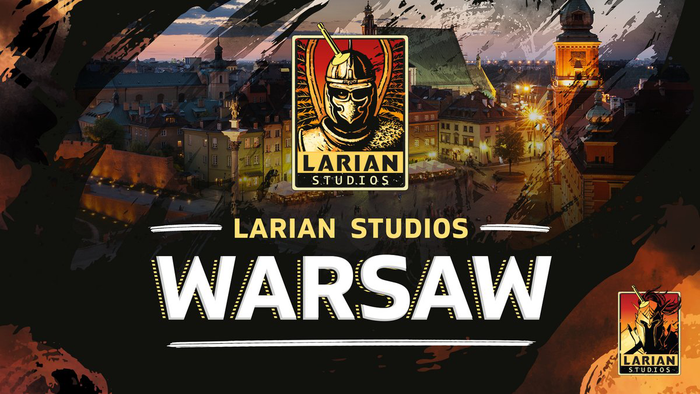Feature: 'Physics in Games - A New Gameplay Frontier'
How can physics make a genuine difference to gameplay in today's AAA games, beyond the novelty? Veteran designer Pascal Luban (Splinter Cell series) discusses
December 4, 2007

Author: by Staff
The use of physics in video games is not something new, as Luban points out -- remember Lunar Lander and Marble Madness? But physics today are more than just gravity, as multicore CPUs and dedicated physics cards makes a more intense use of physics possible for games. But how will we use this power? Cosmetic effects are important for immersion, but don't change the gameplay -- so what are the applications by which designers can provide players with new experiences? Luban shares his experience in designing the CTF-Tornado multiplayer map, one of the maps available in an Unreal Tournament 3 mod designed to take advantage of the physics processor developed by Ageia. He points out that multiplayer gaming has its own set of challenges -- available bandwidth, latency and the need to synchronize all physics effects across multiple machines. "Unfortunately, this constraint is largely independent of the computing power of the game machine, but several solutions enable the use of physics in a multiplayer session. The strategy to follow is to have a physics implementation whose impact is focused on the client machines and which requires little synchronization. Thus, the number of large objects that have an impact on the gameplay should be limited, as they have to be synchronized on all machines. On the other hand, a cloud made up of particles or small objects does not require perfect synchronization on all machines. Synchronizing the position of the cloud and its possible damage volume would suffice. Thus, if synchronizing the effects of the fall of a watchtower is desired, what should be synchronized on all machines is the damage volume associated with the fall of debris and not the debris itself, of which there is far too much. Physics locally manages the collisions between debris." He also discusses the pertinence of physics to actual gameplay -- when the player knows his or her purpose, numerous practical applications arise: "The destruction of background elements enables the gamer to reach an opponent from an advantageous point, gain protection by building a cover, open new paths or on the contrary, close existing paths. Fluid management offers a totally new scope. Fluids may be either liquid or gaseous. They allow the player to light up a fire or let the wind blow it in right direction. The smoke generated by the player's actions may impair his opponents' vision, thus offering new tactical opportunities. A moving or expanding liquid may drastically affects the physics of the other bodies: certain bodies will sink, while other will float to the surface. Filling up or, on the contrary, emptying an area may also drastically change the combat and movement conditions and provide a totally new gameplay in an area previously already exploited. A moving fluid may also serve to carry an odor, thus widening the means of detection available for the gamer… and his or her opponents." You can now read the full feature, which contains more of Luban's analysis and discussion of the applications, possibilities, constraints and importance of game physics from several angles (no reg. required, please feel free to link to this feature from other websites).
Read more about:
2007You May Also Like











